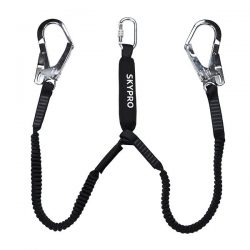How Should You Use And Maintain “Non-Sparking” Tools?
“Non-sparking”, “spark-reducing”, “fire-resistant” or “fireproof” tools are the names given to tools made from metals such as brass, bronze, Monel metal (copper-nickel alloy), copper-aluminum alloy (aluminum bronze), or a copper-beryllium alloy (beryllium bronze).
The tensile strength of the preferred “non-sparking” metal is lower than that of the steel normally used to make tools. The lower tensile strength means that the metal has less strength or tear resistance when stretched under test conditions. It also means that these tools are softer, wear faster, and must be trued more frequently than ordinary steel tools.What is the most important thing to know about “non-sparking” tools?
Non-sparking tools also produce sparks, sometimes called “cold sparks”. The heat from these cold sparks is so low that they do not ignite carbon disulfide, which has the lowest ignition point of any substance known to man. Therefore, while “non-sparking” tools may reduce the risk of sparking, they do not eliminate the possibility of sparking. The name “non-sparking” is misleading because these tools can produce sparks: the term “spark-reducing tools” better describes these tools.
Non-metals such as wood, leather, and plastic are suitable for some tools such as spatulas, scrapers, or spoons and do not pose a frictional spark hazard. Non-sparking tools can prevent fires and explosions in environments where there is concern that sparks could ignite flammable solvents, vapors, liquids, dust, or residues.
Note: It is important to carefully evaluate each situation and use the appropriate tool for the hazard present. In some cases, “non-sparking” tools may still be able to produce sparks. Contact the tool manufacturer and the manufacturer of the flammable material (for advice and more information).
How should you use and maintain “non-sparking” tools?
Follow these guidelines to reduce the risk of explosion and fire.
Ensure that all “non-sparking” tools are clean and free of ferrous or other contaminants that could affect their non-sparking characteristics.
Choose the right size tool for the task (e.g., wrench opening for nuts). A proper fit will help prevent tool slippage and reduce the chance of sparking.
Do not use non-sparking hand tools in direct contact with acetylene, which may form explosive acetylenes, especially in the presence of moisture.
Use appropriate local or mechanical ventilation systems to remove hazardous materials, dust, and vapors from the workplace.
What is the best protection against accidental explosions?
Follow safe work procedures. Always evaluate the work to be done in any hazardous environment. Use appropriate explosion-proof tools and equipment to eliminate ignition, such as motors that can be certified as “explosion-proof” for use in most hazardous workplaces or non-sparking tools that are properly used and maintained. Remember, there is no such thing as a truly non-sparking tool. In any work where flames are used or sparks are generated, ensure that an explosive atmosphere is not created. Such atmospheres include flammable vapor-air mixtures and organic dust clouds, such as flour or coal dust. Isolation, ventilation, and decontamination are ways to ensure a safe working environment. Explosion meters are used in the workplace to protect personnel working in hazardous environments.
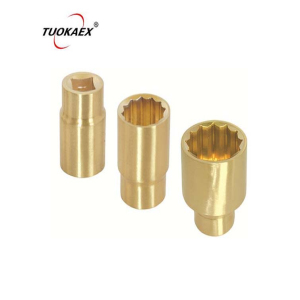
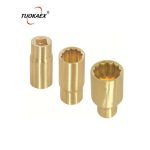
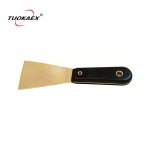
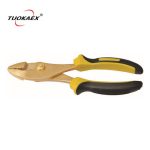
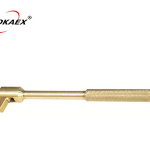
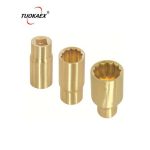
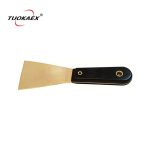
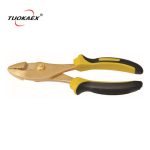
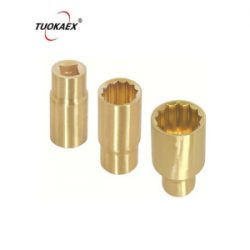



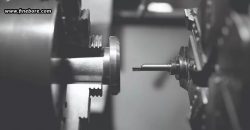

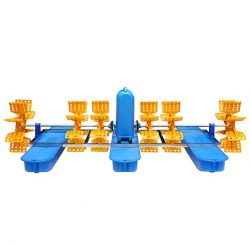
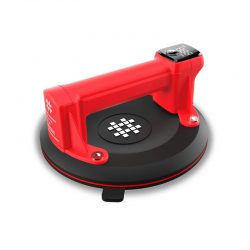
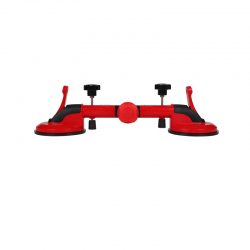



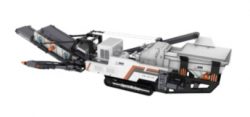
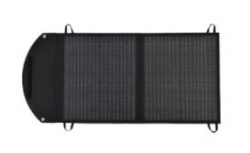
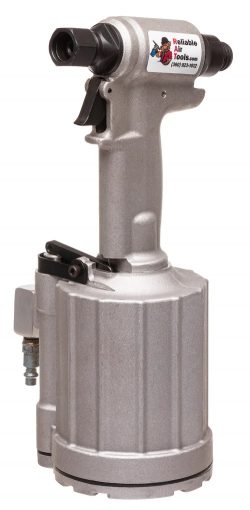



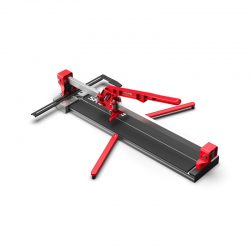
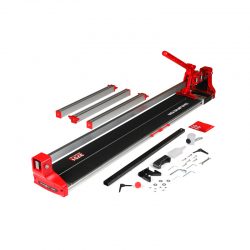
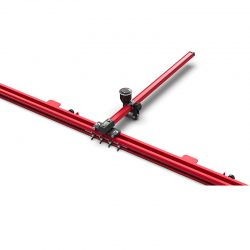
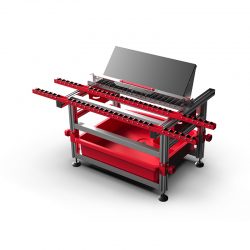
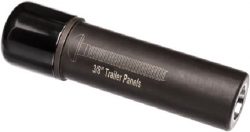



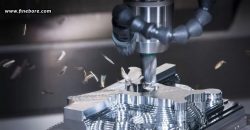






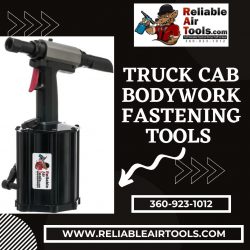




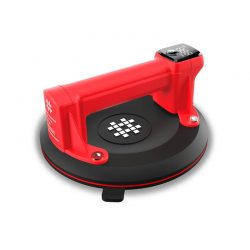
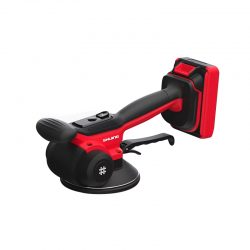
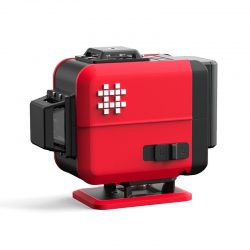
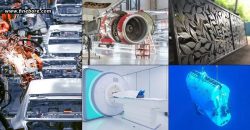
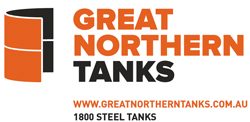





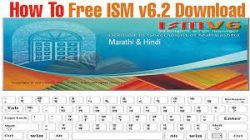
![AIDA64 Extreme/Engineer 7.00.6700 Cracked + License Key [Updated]](https://socialsocial.social/btabcloud/uploads/2024/01/download-jpeg-17062552564p8lc-250x250.jpg)
